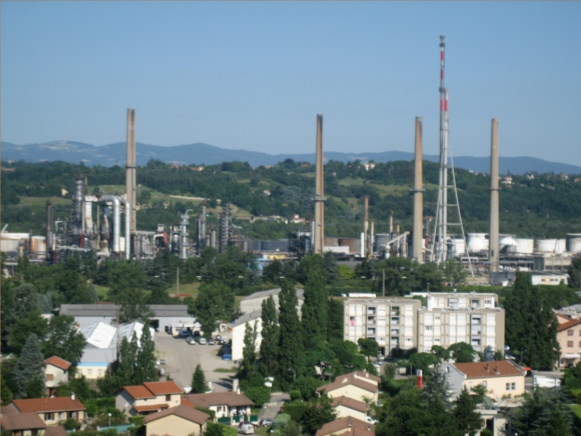
Environmental inequalities
It comes as no surprise that those most affected by urban pollution or natural and industrial risks in cities are also the most disadvantaged. By lowering their cost, pollution and risks make areas and housing economically attractive, thereby encouraging many families to overlook the potential risk.
 |
How can the dilemma between the need for housing and the need to protect be addressed? Environmental protection also implies construction standards that considerably increase the cost of buildings. What becomes of households that cannot afford this additional cost? |
Heads of research : Laurette Wittner, François Duchêne
